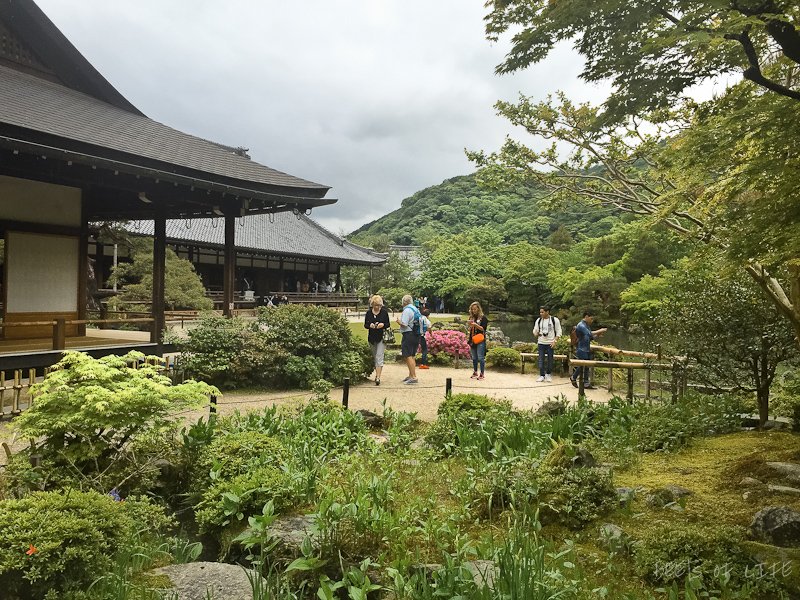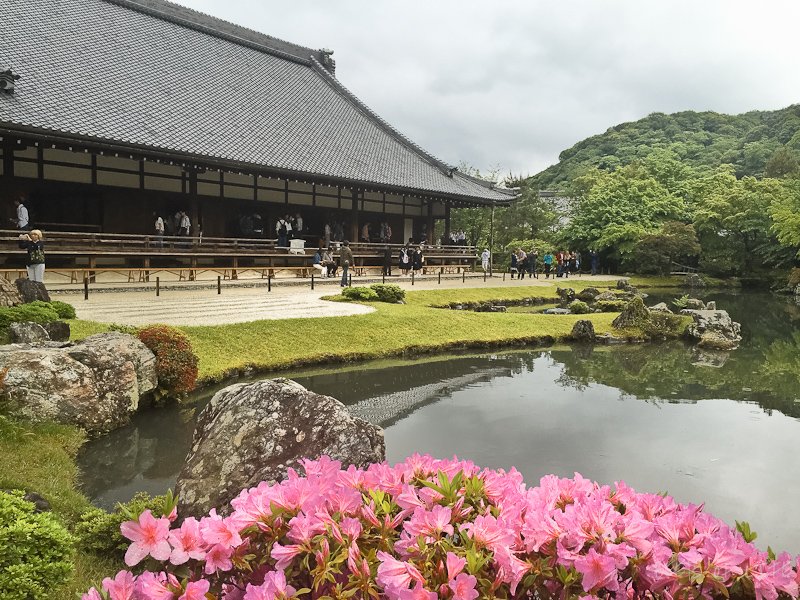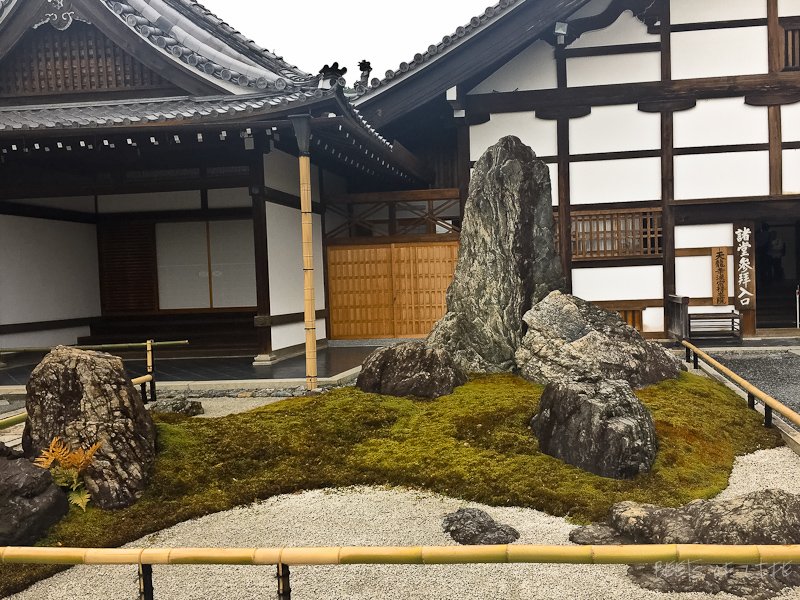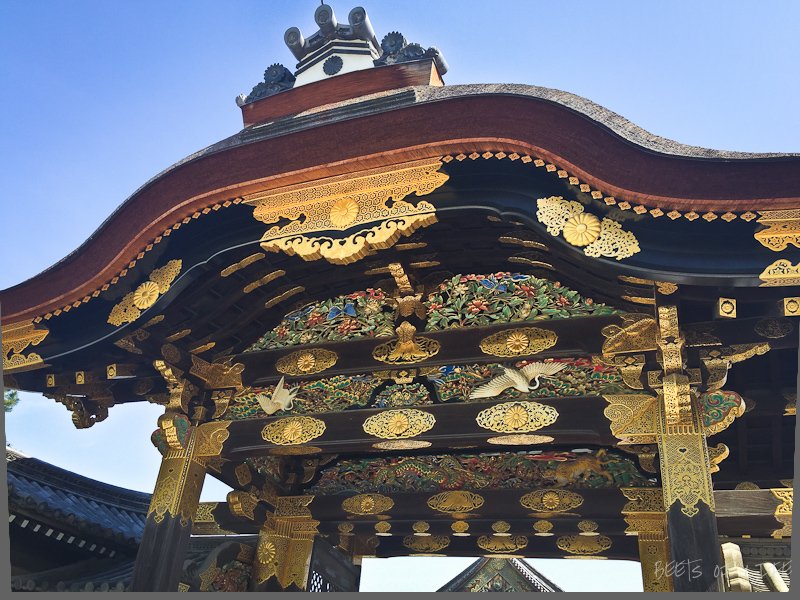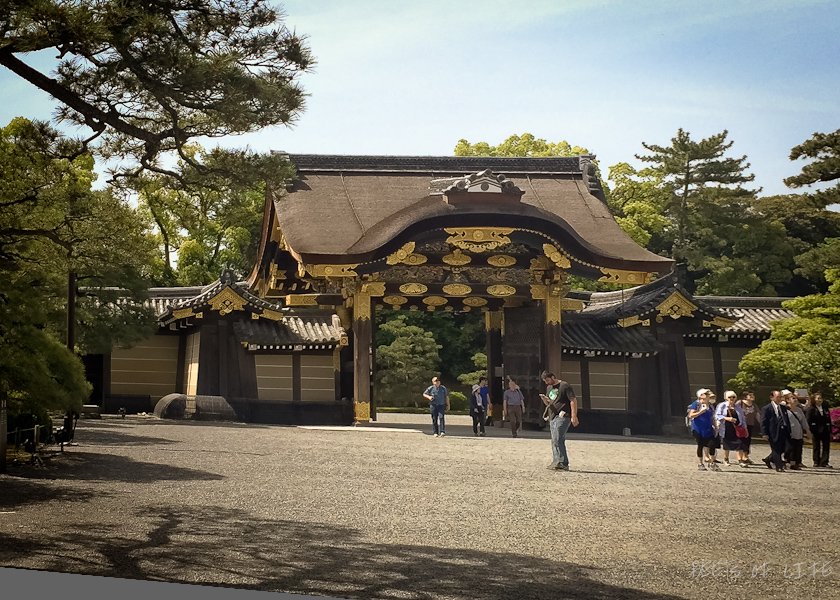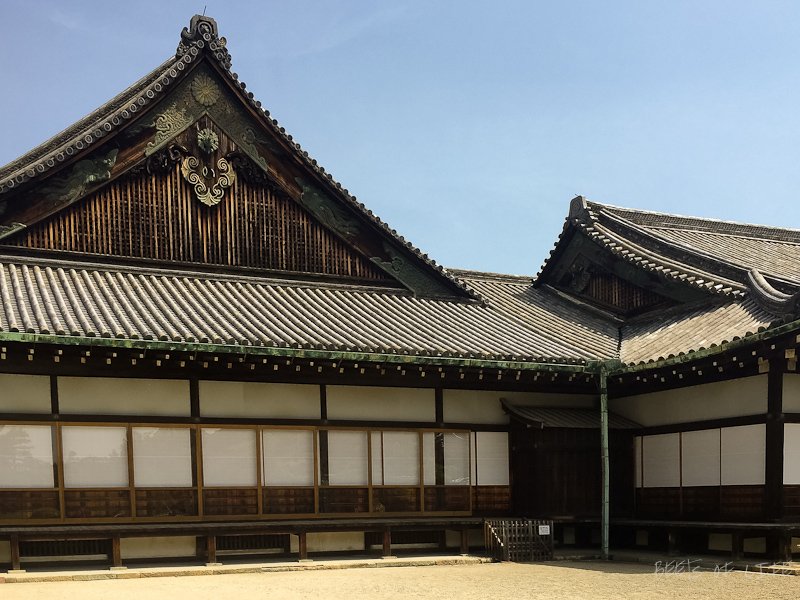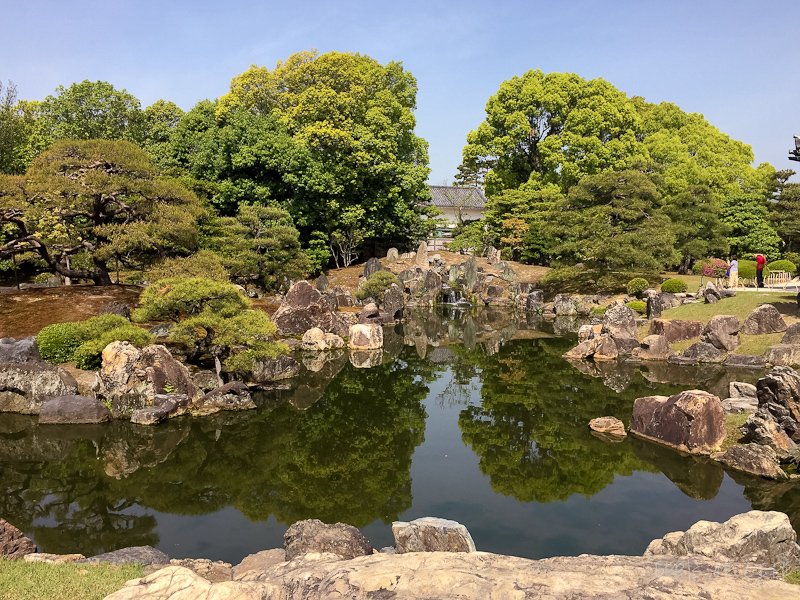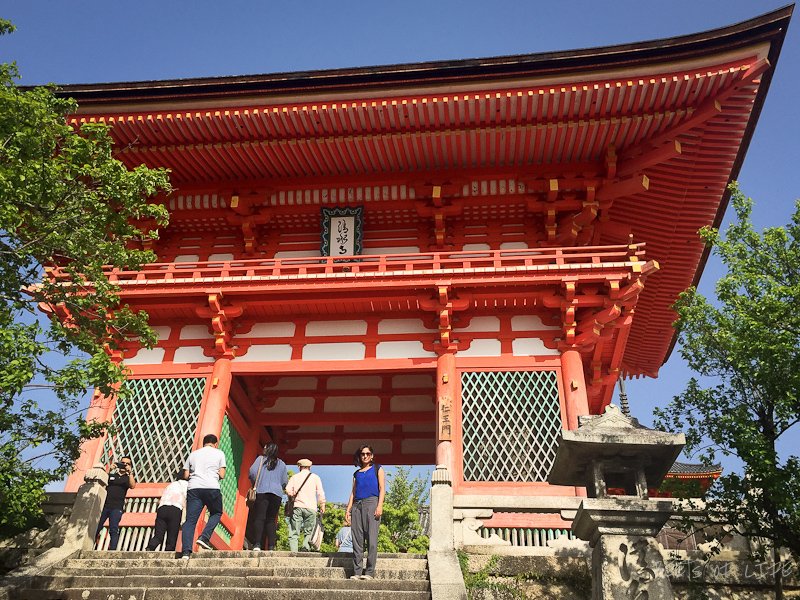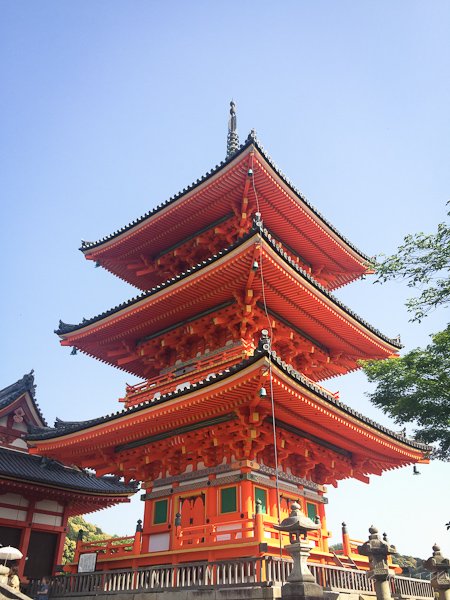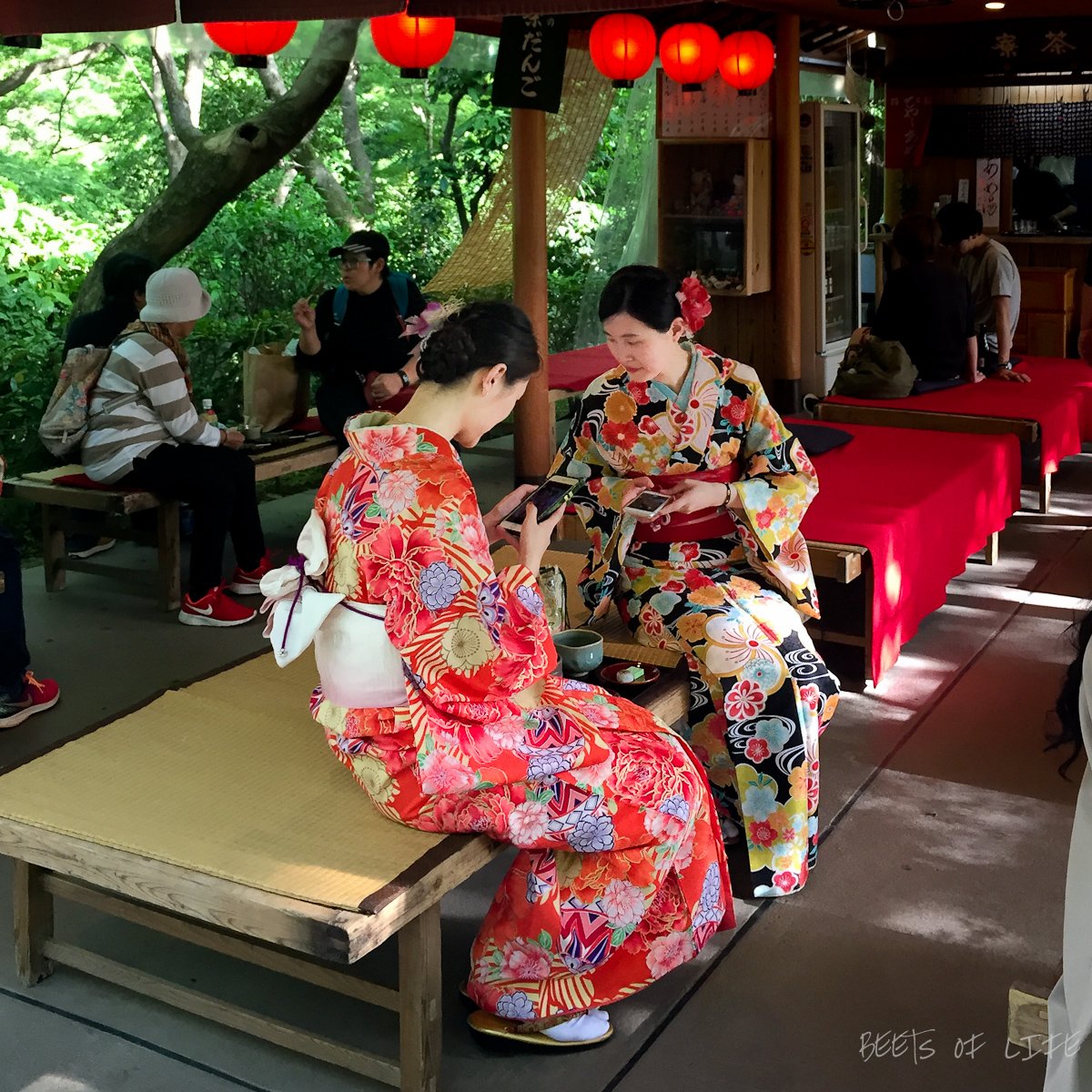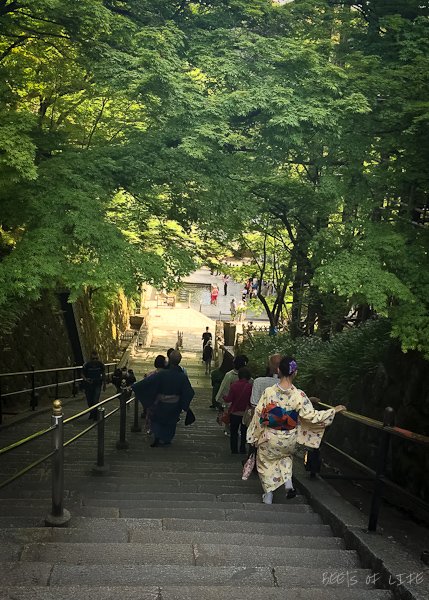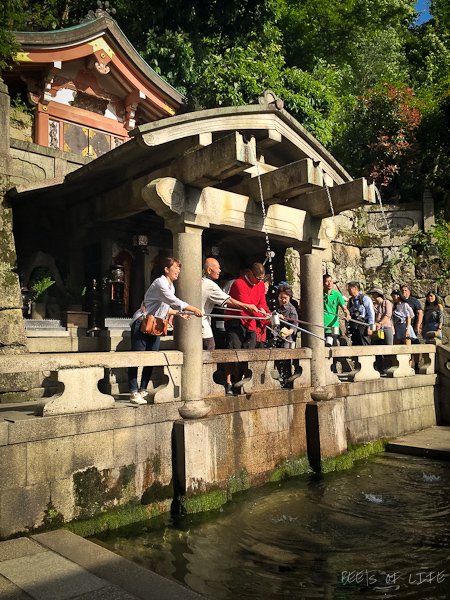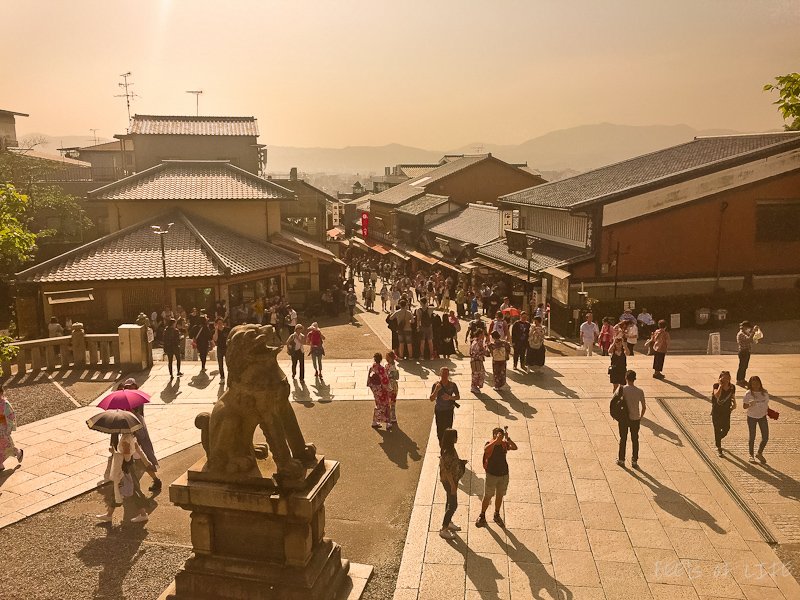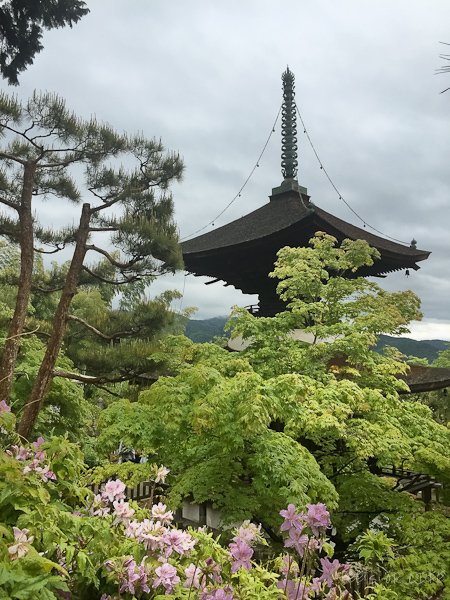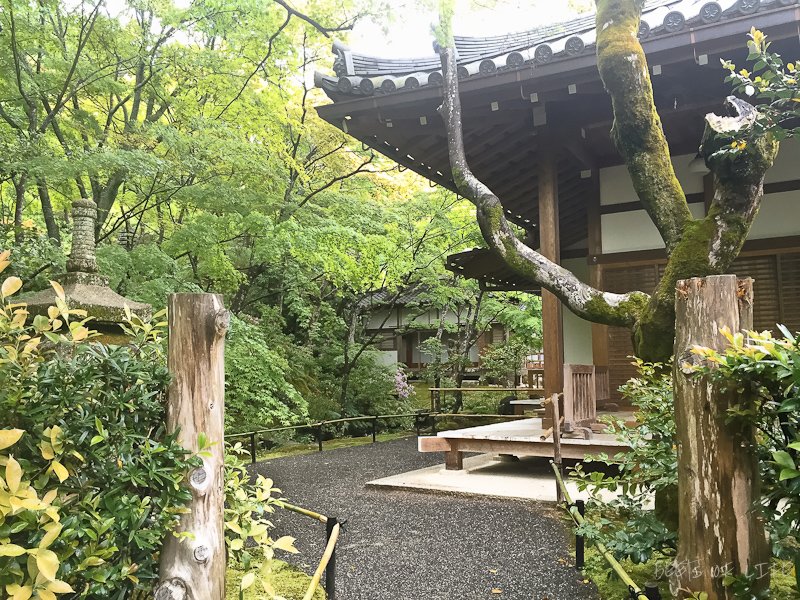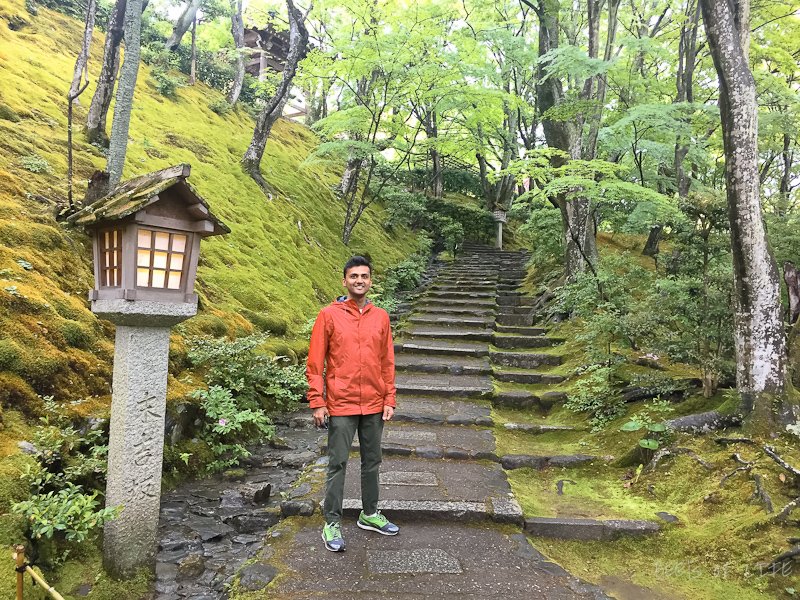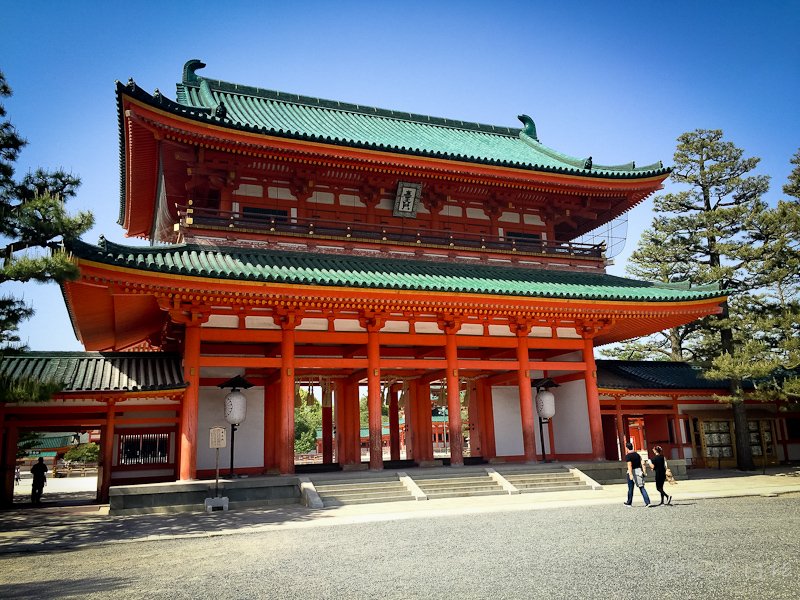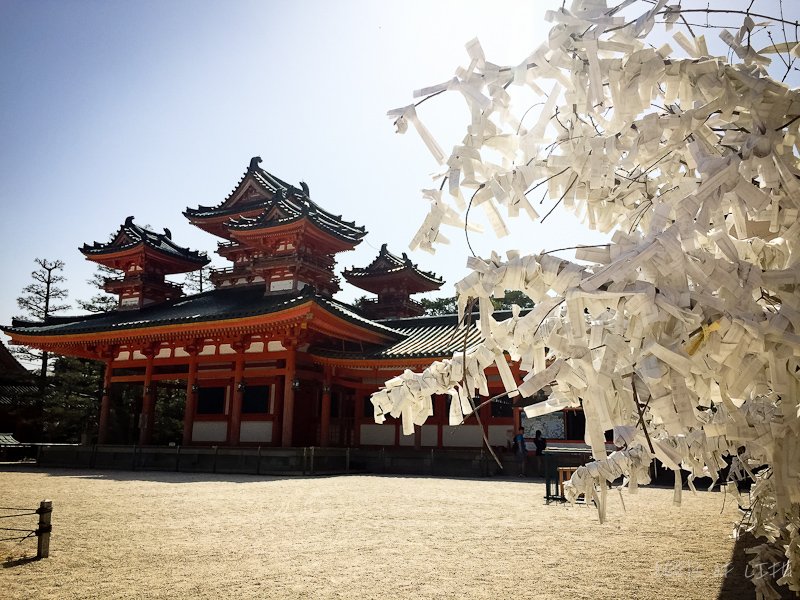Temples and Shrines to visit in Kyoto, Japan
Eight done, over 1992 to go. There are over 2000 temples and shrines to visit in Kyoto, Japan. To add to these historical sights, Kyoto also has castles. Sounds a lot, but just when we thought we were “templed-out”, we would step in to the next one and be spellbound by it’s uniqueness.
After spending a relaxing time in Hakone, we were ready to explore the temples and shrines in Kyoto, the old capital of Japan, which seems to have a temple or shrine around every corner.
If you are looking for something in Kyoto that does not involve bowing down and praying check out some amazing alternatives to check out when you are in the city.
We visited 5 temples, 3 shrines and a castle, over a period of 5 days (4 of these were part of the 17 designated as UNESCO World Heritage sights in Kyoto). There was Kinkaku-ji Temple, Tenryu-ji Temple, Nijo Castle, Fushimi Inari Shrine, Kiyomizu-dera Temple, Jojakko-ji Temple, Sanjusangendo Temple, Heian-jingu Shrine, and Kitano Tenmangu Shrine. Did the thought of skipping any of these ever cross our minds? Sure! However, here is what skipping each would have meant for us.
Temples, Shrines and Castles visited in Kyoto: Order of preference
- Kinkaku-ji Temple: With a remarkable temple building almost entirely covered in gold, and exemplary Japanese landscape gardens, skipping this UNESCO World Heritage site was just not an option.
- Tenryu-ji Temple: Skipping this temple would have meant skipping not just a UNESCO World Heritage site, but the most beautiful Japanese gardens in Kyoto. We would have also missed walking through the surreal and soaring bamboo groves in Arashiyama.
- Nijo Castle: This awe-inspiring castle is extremely significant to the start and end of Japanese feudal society. It is because of our visit to this castle that we know more about Japan’s history. (Ok, so we know it’s neither a temple nor a shrine. This UNESCO World Heritage site is listed here since it’s similar to temples and shrines as historical landmarks.)
- Fushimi Inari Shrine: Had we skipped this, we would have missed out on hiking through 1000’s of mesmerizing vermillion torii gates and reliving the most memorable scene from the movie “Memoirs of a Geisha” (where little Sayuri runs through the gates to make a prayer).
- Kiyomizu-dera Temple: Also a UNESCO World Heritage site, had we omitted this one, we would have not seen the wonderful temple set high up in the hills, drank the sacred water from the Otowa waterfall, or walked through the bustling Hirashiyama District.
- Jojakko-ji Temple: Also in Arashiyama, skipping this would entail skipping the isolated and tranquil setting, lush greenery and spectacular hill-top views of Kyoto and Arashiyama.
- Sanjusangendo Temple: If we hadn’t made it to this temple, we would have not gotten to see the over 1000 wooden statues of Kannon, the goddess of mercy, with 1000 arms each (ok! It was 42 arms in reality but 1000 symbolically!) It was quite a sight to take in.
- Heian-jingu Shrine: This strikingly orange and green shrine has a huge inner complex paved with white gravel, and an alien-like tree of discarded bad fortunes. It is a remarkable shrine to go to.
- Kitano Tenmangu Shrine: Yes, this one we could have skipped, there wasn’t anything truly spectacular about it. But then we wouldn’t have learnt about the significance of cows at this temple and pondered about the similarities between Shintoism and Hinduism.
Temples and Shrines of Japan: Religious basis
We learned that temples in Japan are Buddhist and shrines follow Shintoism. Over 90% of Japan follows Shinto-Buddhism, a mix of both religions. Furthermore, Buddhism relates to the afterlife and Shintoism to the current life. So a temple (Buddhist) hosts rituals relating to funerals, whereas a shrine (Shinto) hosts weddings, etc. Hence, it’s easy to see why the Japanese follow both, one for the “now” and another for the “after”. They are truly efficient!
Temples and Shrines to Visit in Kyoto: Description
Kinkaku-ji Temple
All that glitters is really gold at this UNESCO World Heritage site. Gold-leaf paint adorns most of this two-storied structure. Also referred to as the Golden Pavilion, the temple stands out remarkably against the surrounding greenery. This is deliberate. Japanese gardens typically employ the concept of shakkei, or “borrowed landscape”. The gardens are designed not just to blend with the surrounding landscape, but to use it to enhance the look of the garden itself. This makes Kinkaku-ji Temple spectacular to look at and #1 in our list. The only downside: this place is usually overrun by tourists at all times of the day.
Tenryu-ji Temple (and the Arashiyama Bamboo Grove)
Tenryu-ji, or the Temple of the Heavenly Dragon, has a lot more going on than just it’s fantastic English name. Established in 1339, this UNESCO World Heritage site is located in the Arashiyama district of Kyoto. The Sogenchi Garden, a part of the temple complex, is one of the oldest in Japan, and retains the same form as when it was designed in the 14th century. It is exquisite to look at and has one of the best mountain views in Kyoto. In this regard it is comparable to the above mentioned Kinkaku-ji temple.
The walk from Tenryuji temple to the Jojakkoji temple is spectacular and takes you through the Arashiyama Bamboo Grove. We have seen a number of bamboo forests as a part of our travels, but none come close to this one. It is one of the most visited sights in Kyoto, hence getting a picture without tourists is a futile endeavour. Albeit short, it was surreal walking through the grove.
Nijo Castle
We took a guided tour through this UNESCO World Heritage site and admired the expansive and very sparsely furnished castle adorned with beautiful and symbolic paintings. Touring the castle we also learned about the significant role it has played in Japan’s history.
The castle was completed in 1603 on the orders of Tokugawa Ieyasu, the first Shogun of the Tokugawa Shogunate (1603-1867) who were military dictators of Japan! It is historically very significant as it marked both the opening and the closing ceremonies of feudal rule in Japan. 1867 marked the end of the political rule of the Tokugawa Shogunate and the restoration of power to the Emperor was proclaimed at Nijo Castle. This marked the beginning of the Meiji Restoration, which started the modernization of Japan.
It was also interesting to learn about the nightingale floor (designed to make a chirping noise when walked on) and see first-hand the beautiful garden surrounding the castle.
Fushimi Inari Shrine
One torii gate is remarkable to look at, when there are thousands of them, the effect is multiplied … by, well, a thousand! Founded in 711, the shrine is dedicated to Inari, the god of rice, and worshipped for huge harvest and successful business. It is for this reason, that each and every one of the thousands of torii gates are donated by Japanese businesses. Although we didn’t make it all the way to the top, it was fun hiking through the torii gates.
Kiyomizu-dera Temple and the Otowa waterfall
Kiyomizu-dera Temple is another one of the 17 UNESCO world heritage sites in Kyoto. From the temple we got to see beautiful views of Kyoto and the hill side resplendent with cherry and maple trees. The three-storied Koyasu pagoda stands within the trees and is a beautiful sight to take in from the temple. From the main hall, we could see the Otowa waterfall, and our tour guide encouraged us to drink from one of the streams of this waterfall for success, love or longevity.
Located outside the main temple ground is another remarkable three storied pagoda that we were able to experience up close. It was also fun exploring the Higashiyama District right outside the temple. This is where we had our first tasting of green tea ice cream!
Jojakko-ji Temple
Close to the Tenryuji temple is Jojakkoji temple. We loved the temple’s isolated setting, lush greenery and spectacular hill-top views of Arashiyama and Kyoto. It’s not as famous as it’s neighbor, so crowds are typically less. This is why it’s a great place to slow down, enjoy the peace and be one with nature. We were lucky to have visited this temple during the summer, since it is overwhelmed by tourists in fall.
Sanjusangendo Temple
Established in 1164, and reconstructed in 1266, it is the longest wooden structure in Japan and has remained unchanged for 700 years. This temple is dedicated to Kannon, the Goddess of mercy, and houses 1001 life-sized statues of the goddess. It was a marvel to look at the these statues, all built in the 12th and 13th centuries.
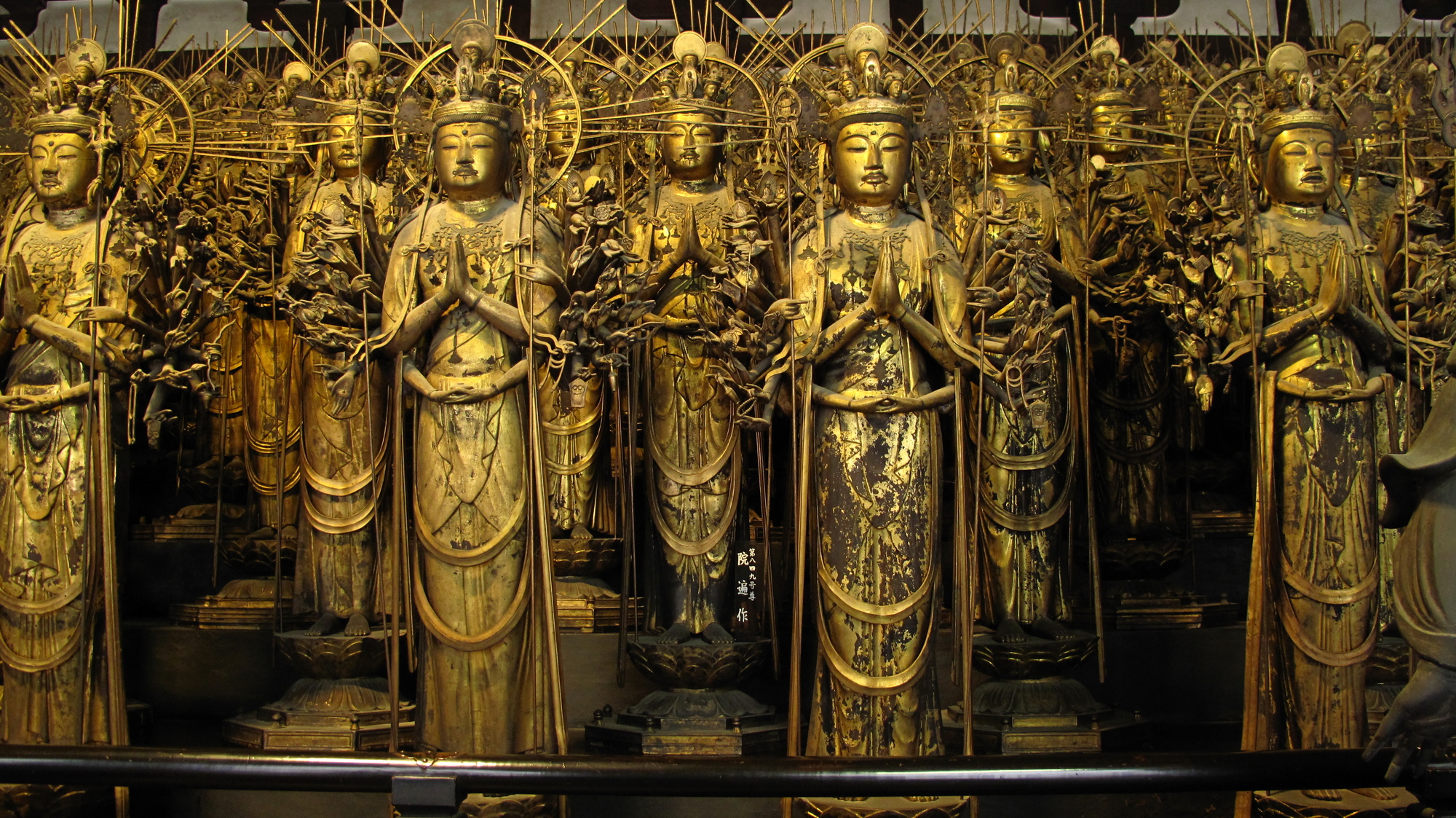
Heian-jingu Shrine
Relatively new (a little over a 100 years old) the Heian-jingu Shrine has expansive grounds, and striking orange temple buildings. The entire complex makes for a remarkably unique sight. It is completely different from any of the other shrines or temples we visited. The tree with discarded bad fortunes outside the main temple building is particularly eye-catching.
Kitano Tenmangu Shrine
Finally, the Kitano Tenmangu Shrine, our first shrine in Kyoto. Thanks to our very informative guide, we learnt a lot about the shrines and temples of Japan. For us, we were surprised to learn about the significance of cows here and the similarities to Hinduism. They even have a special spot to bless cars just like in Hindu temples.
We are so glad to have experienced EACH and EVERY one of these remarkable and magnificent Japanese landmarks. As we said earlier more than 1992 to go!
Tell us which of the historical landmarks in Kyoto are your favorites using the comments section below!
If you are templed-out in Kyoto here are some great alternatives to check out in the city. Also you can read more about our travels to other Japanese cities: Tokyo, Hakone, and Hiroshima.



